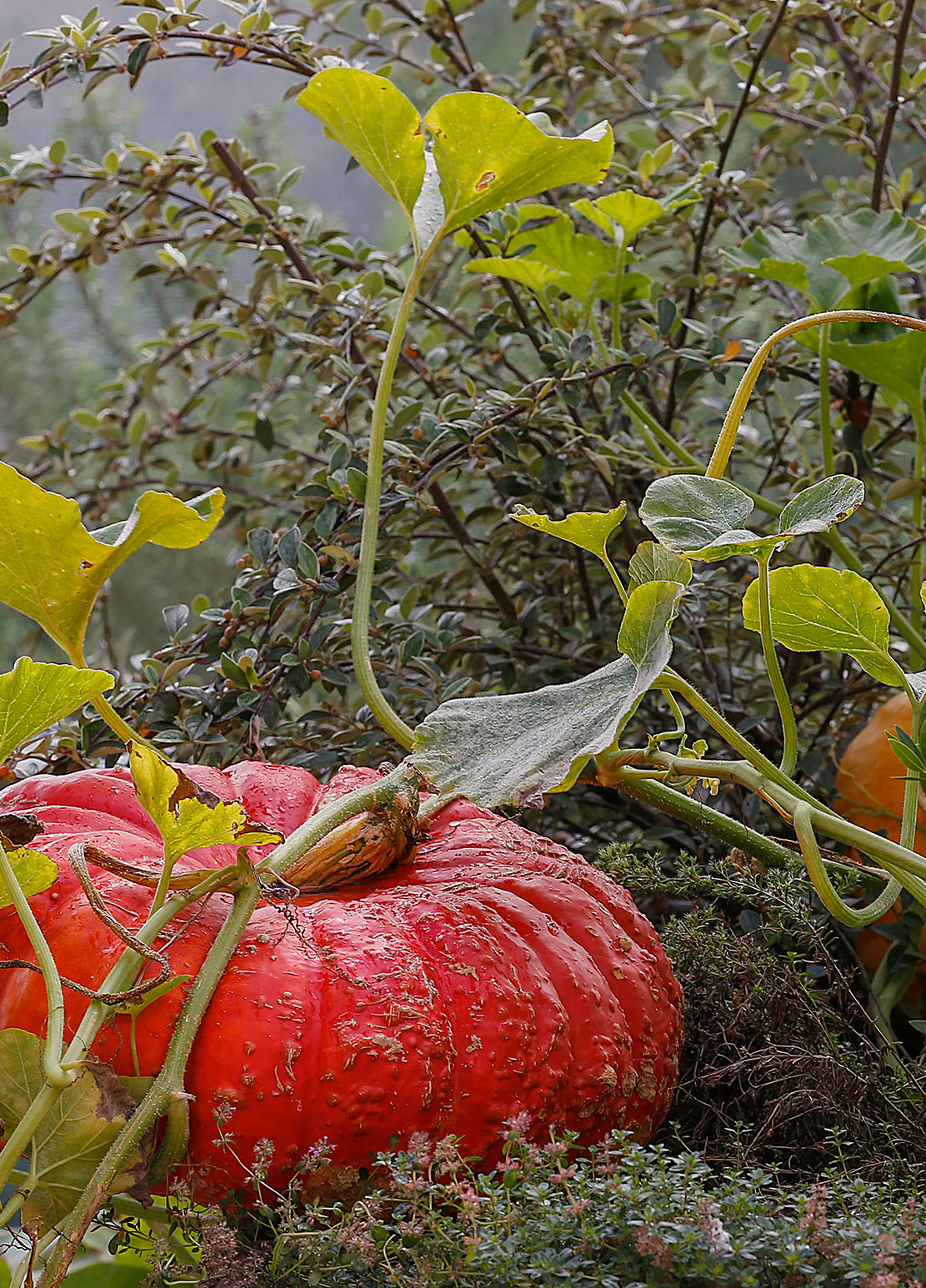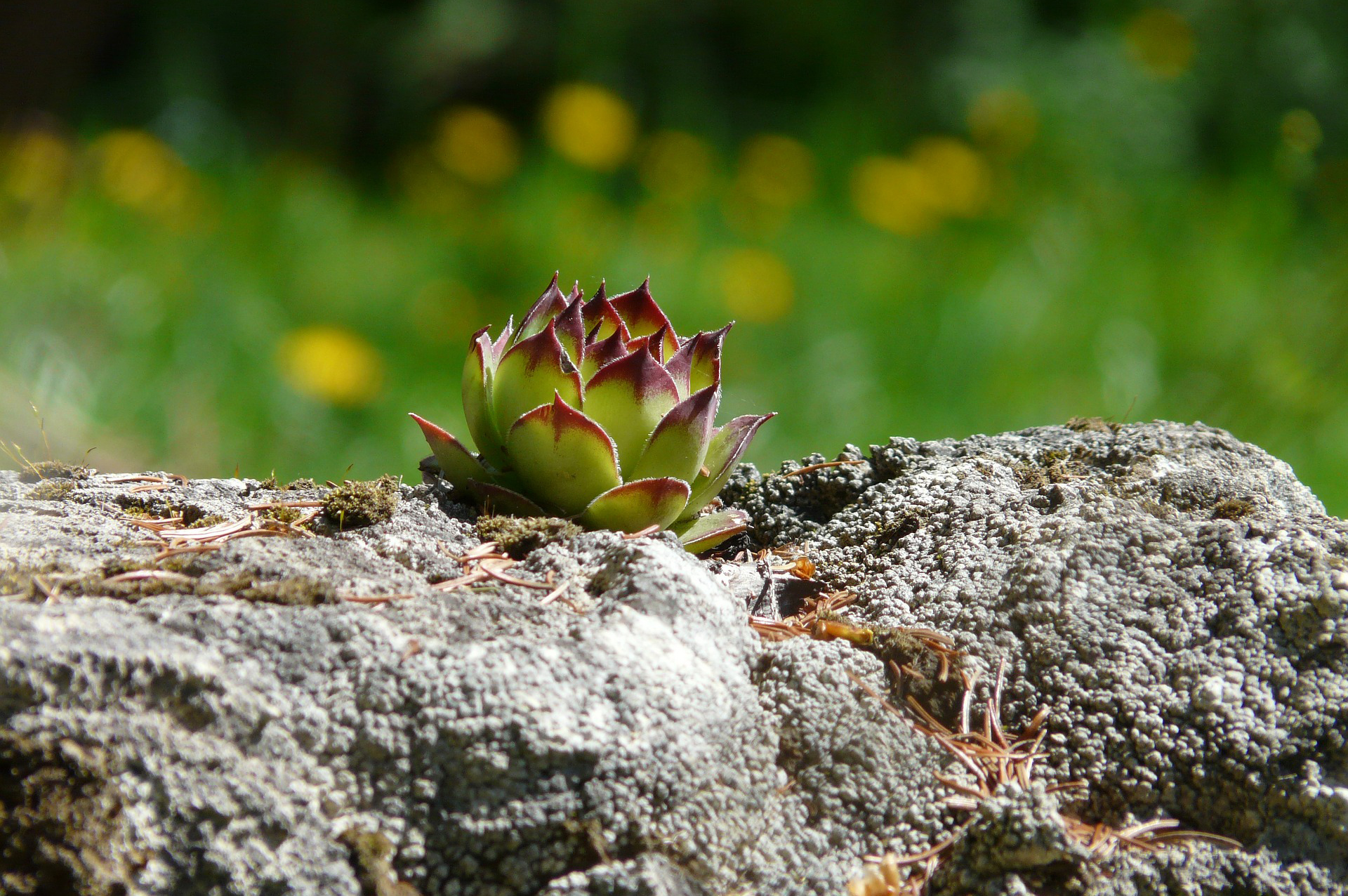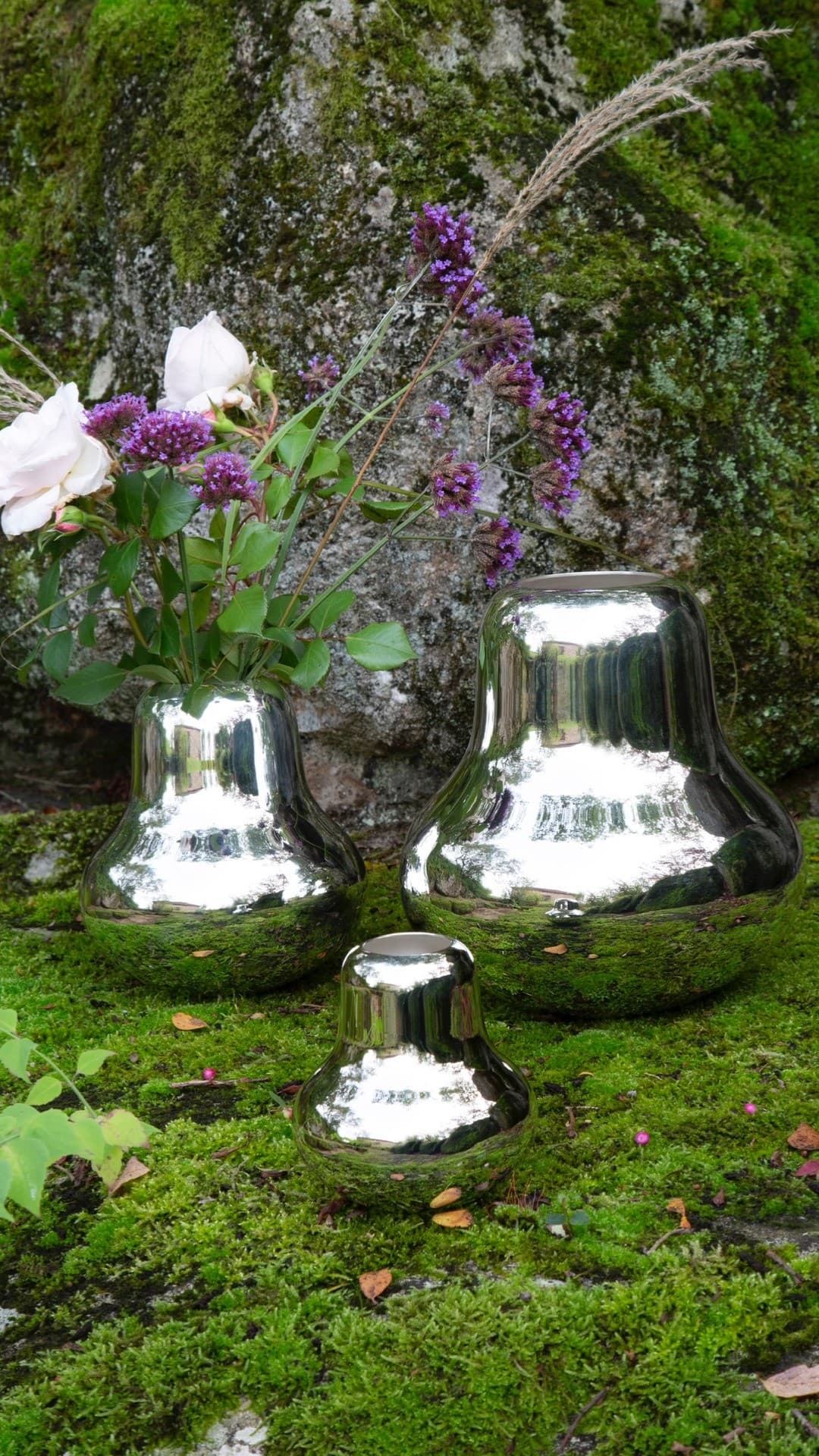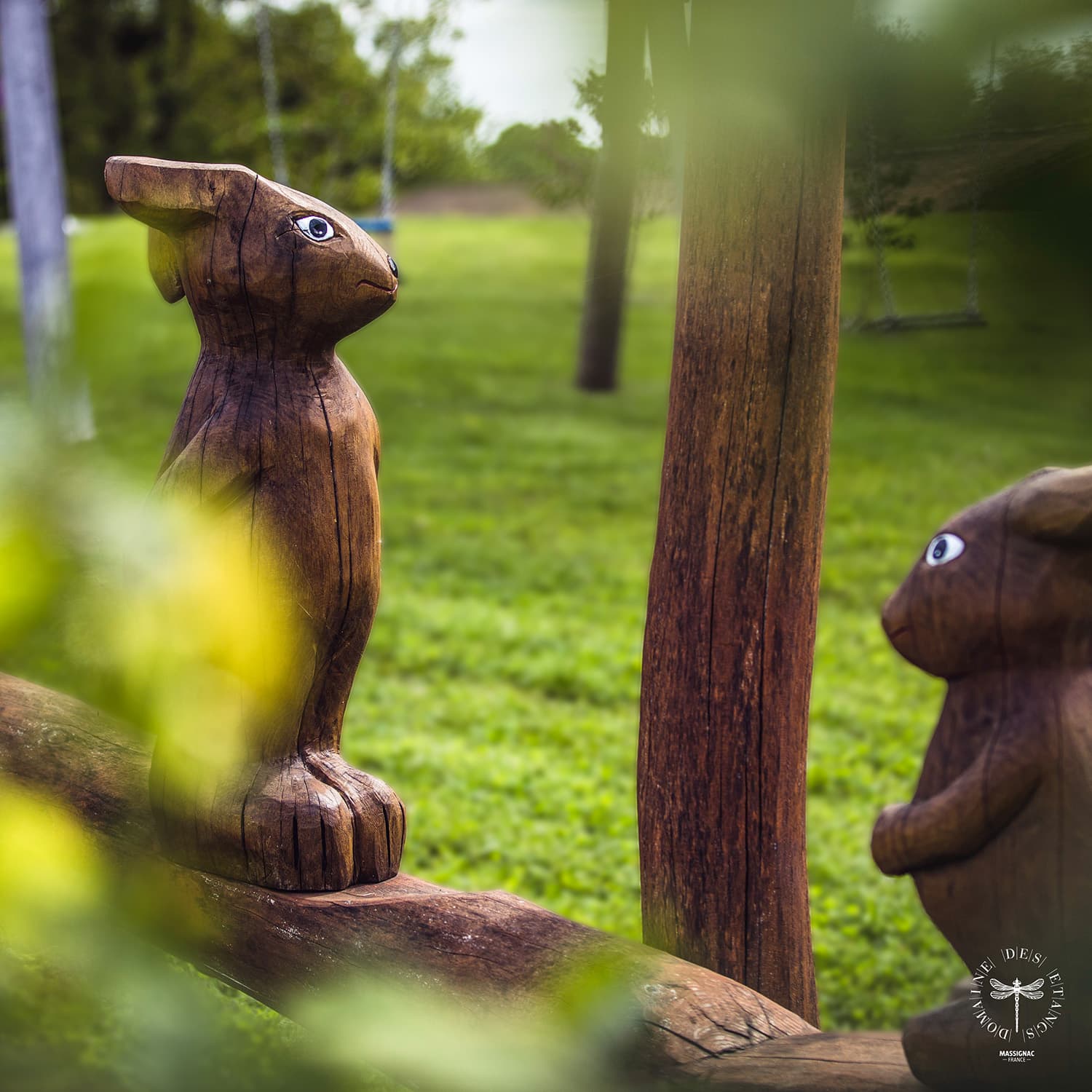The Dragonfly, Odonata in Latin, has been twirling between the Sky and the Earth for 350 million years. Already, in the Carboniferous period, boasting an eighty-centimetre wingspan, it flew between calamites, the ancestors of horsetails that could measure up to thirty metres. At the time, it was a predator in a gigantic world that was compelled to shrink over time in order to survive.
Once huge, the Dragonfly was able to adapt to the various changes to survive extinction and always preserve a radiant future for its species at the heart of Nature. As a result, it is connected to the past, lives in the present and constantly adapts to the future.
Its wings are like the four cardinal points and it is able to travel great distances. It has travelled across oceans by orienting itself, settling in each continent and amazing numerous peoples all over the world who often see in it a symbol of balance and transmission. Lightness, elegance, femininity: the Dragonfly is attributed many meanings.
Its slender and shimmering body embodies balance, a natural balance. Its eggs that go through larval state may endure eight to seventeen changes while living from a few months to several years in water. When it reaches adulthood, it leaves the water and its exuviate behind and explores the Earth from the Air. Never far from its aquatic environment, it forms a link between the Sky and the Earth.
This complex evolution between two worlds makes it an excellent biodiversity indicator. Indeed, sensitive as it is to environmental variations, it highlights the harmony of an ecosystem. It is a biological indicator often called upon to assess the quality of an aquatic and terrestrial environment.
The Didier and Martine Primat Foundation, together with the sheltered foundation Odonata dedicated in part to preserving the environment, supports the action of the National Museum of Natural History: the inventory of Dragonflies aims at monitoring the evolution of this population of insects. The species are counted in twenty or so sites, including the Domaine des Etangs located in the town of Massignac in Charente-Limousine. An Atlas listing all the species of Dragonflies in mainland France will soon be published.
Monitoring dragonflies enables entomologists to study the biodiversity and the richness of the various aquatic environments in France. This participatory research, involving various stakeholders, aims at preserving the living environment of this eternal damselfly whose colours vary from red to blue according to the species. As an indicator of the state of the ecosystems, the Dragonfly helps us to understand good practices and hence to improve our relationship to the environment through its comprehension and management.
As it adapts to the cycle of the seasons, to the different elements and complementary principles, the Dragonfly invites us not to strive for more, but for the best by understanding our environment and by adapting to it. It is the symbol of the philosophy of an Art of Life reconnected to Nature and to its balance.
Discover the project of the Didier and Martine Primat Foundation:
www.fondationprimat.org












